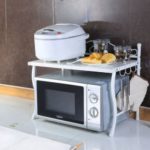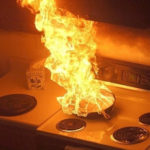For families living with elderly individuals, home safety is a top priority. To ensure the well-being of older adults, consider implementing these eight essential steps:
1 Eliminate Fall Hazards
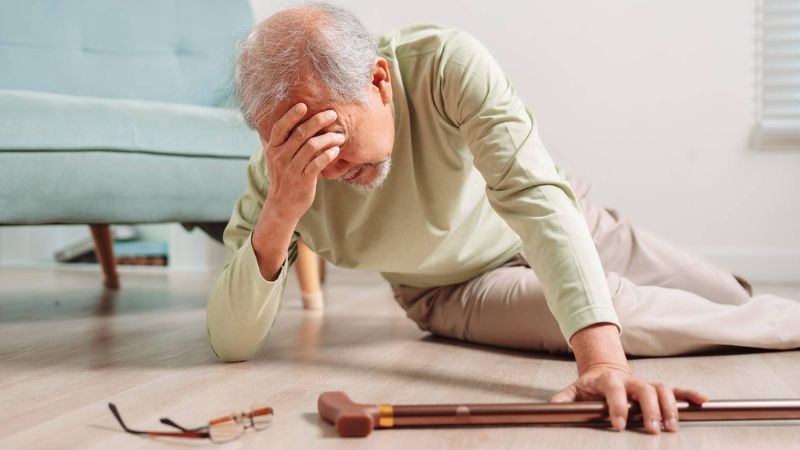
Eliminate Fall Hazards
Some everyday household items can pose a significant fall risk for the elderly. To mitigate this, consider the following:
- Check the material and slip resistance of rugs and secure them to reduce the risk of slips and falls.
- Inspect the height and texture of stairs and door thresholds. Make adjustments, repairs, or material changes if these areas pose a fall hazard.
- Consider the size and energy level of your pets if you have older adults in the home. Smaller, less active pets may be a better fit to prevent accidental injuries caused by playful larger pets.
2 Display Emergency Contact Information in Accessible Areas
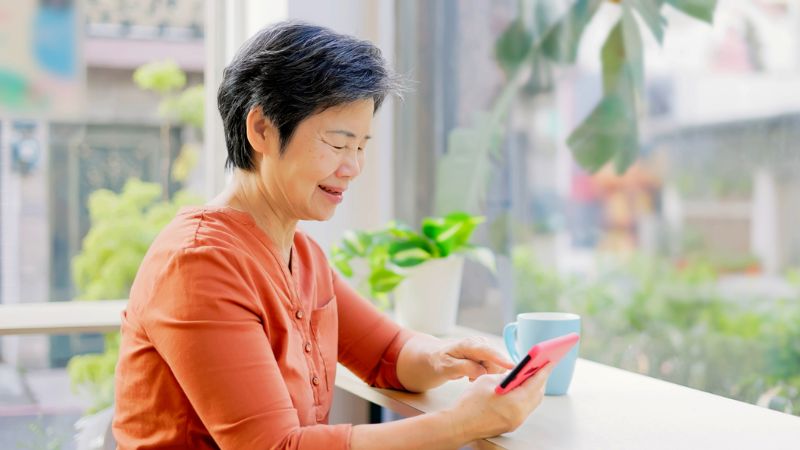
Display Emergency Contact Information
For older adults, remembering contact information can be challenging due to age-related factors and health conditions. It is crucial to display this information in easily visible areas. However, avoid placing it in overly conspicuous places to prevent potential misuse by ill-intentioned individuals. Additionally, guide older adults on using smart communication devices for easy access during emergencies.
Always have a phone or smart camera set up at home if there are elderly individuals to facilitate communication and monitoring.
3 Prevent Fire Hazards

Prevent Fire Hazards
To create a fire-safe environment, consider the following precautions:
- Install smoke detectors in the kitchen, bedrooms, and areas with large appliances.
- Regularly replace batteries in electronic devices and appliances.
- Inspect devices immediately upon detecting unusual sounds or temperatures.
- Place fire extinguishers in the kitchen and other vital areas of the home.
- Check all electrical devices before and after use.
- Conduct regular electrical system inspections to identify and address potential fire hazards.
- Avoid wearing loose clothing while cooking to prevent fires.
- Refrain from smoking in bed, on fluffy chairs, or near electrical appliances.
4 Ensure Safety in the Kitchen and Bathroom
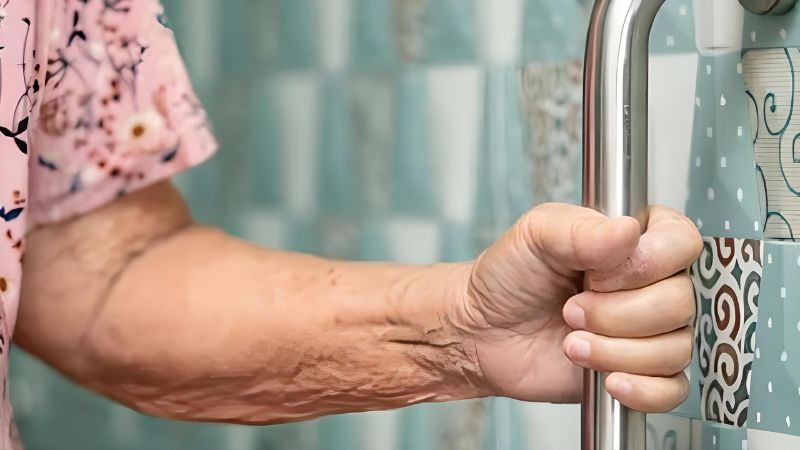
Ensure Safety in the Kitchen and Bathroom
The kitchen and bathroom are areas of concern due to their high fall risk for older adults. Here are some recommendations:
For the bathroom:
- Check water temperature before each use to ensure it is at or below 120°F to prevent scalding.
- Choose rough-textured tiles and design the floor with a slight slope to prevent water stagnation and reduce the risk of slipping.
- Install grab bars in the shower and bathtub to provide secure handholds and facilitate easy movement for older adults.
- Provide a shower chair to enable safe bathing and grooming without the risk of falling.
- Cover or pad sharp corners and edges.
- For individuals with weak legs, consider installing a higher toilet to reduce strain when using the bathroom.
For the kitchen:
- Install anti-slip flooring or rubber mats in front of the sink and stove to ensure safety when moving around.
- Avoid storing essential items in high places that require a ladder or step stool to access.
5 Assess Bedroom Safety
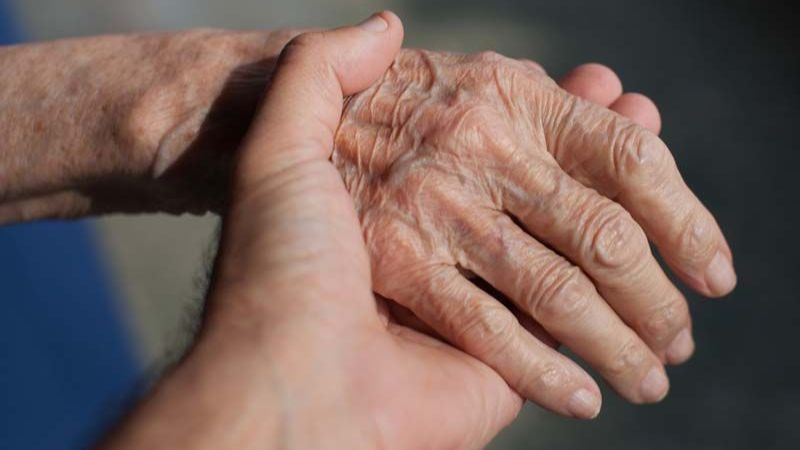
Assess Bedroom Safety
Bedrooms tend to be cluttered with personal items, which can pose a fall hazard for older adults. Help elderly family members keep their bedrooms tidy, and ensure no objects are left on the floor. Additionally, regularly check the lighting system in the bedroom to facilitate easy movement.
6 Pay Attention to Lighting

Pay Attention to Lighting
Lighting is crucial, especially in homes with older adults. Here are some lighting considerations:
- Install separate lighting systems in each room and hallway to prevent simultaneous power outages in case of malfunctions.
- Combine smart sensors with physical switches to enhance convenience and reduce the need for frequent movement to the switches.
- Place light switches and fixtures in safe, fixed locations.
- Install lighting in closets to facilitate easy access to belongings without fumbling in the dark.
- Provide lighting around the house and at the entrance for easy unlocking and movement.
- Opt for LED bulbs instead of halogen or incandescent bulbs for improved safety and energy efficiency.
- Ensure adequate lighting on stairs and in hallways to prevent falls.
7 Ensure Safety on Stairs and Balconies
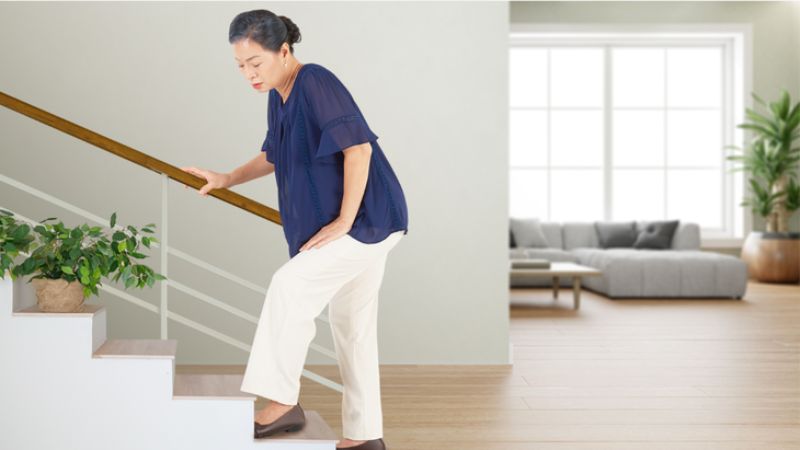
Ensure Safety on Stairs and Balconies
For homes with stairs, the first consideration is the safety of the railings. Ensure the bars are sturdy and can withstand significant weight when leaned on. Additionally, address slippery stairs by installing anti-slip mats or changing the flooring material. Finally, ensure adequate lighting in stairwells to prevent falls.
8 Install a Modern Security System
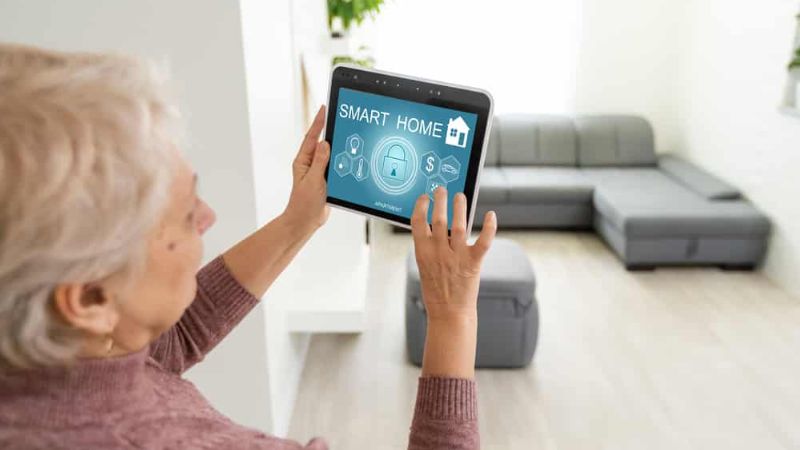
Install a Modern Security System
A modern security system is an excellent choice for families living with older adults. Smart security devices can provide quick access to information, making daily activities more comfortable and reducing fall risks. For example, these systems can help seniors identify visitors without physically answering the door, check locks remotely, and make emergency calls if they cannot access their smartphones.
These are our eight suggestions to ensure the safety of older adults in your home. Implement these steps to create a safer environment for your loved ones.
Frequently asked questions
There are several ways to ensure the safety of older adults in your home, including eliminating fall hazards, improving lighting, and paying attention to areas like the kitchen and bathroom. Here are eight essential steps to take:
Check rugs for slip resistance and secure them properly. Inspect and modify stairs/door thresholds if they pose a fall risk. Choose smaller, less active pets over playful larger ones. Keep bedrooms tidy and clutter-free, and regularly check/improve lighting in all areas, including bedrooms, hallways, and closets.
Display emergency contact information in accessible but discreet areas. Guide older adults on using smart communication devices for emergencies. Always have a phone or smart camera set up for easy monitoring and communication. Additionally, consider installing a modern security system with smart sensors, which can provide quick access to information and reduce fall risks.
Install smoke detectors in key areas like the kitchen, bedrooms, and areas with large appliances. Regularly replace batteries in electronic devices and appliances. Inspect devices if unusual sounds or temperatures are detected. Keep fire extinguishers in the kitchen and vital areas. Check electrical devices before and after use, and conduct regular electrical system inspections.
For the kitchen: install anti-slip flooring or rubber mats near the sink and stove. Avoid storing essential items in high places. For the bathroom: check water temperature to prevent scalding, use rough-textured tiles, and design the floor with a slight slope to prevent slipping. Install grab bars and provide a shower chair for added safety. Consider a higher toilet for individuals with weak legs.
Assess bedroom safety by reducing clutter and ensuring no objects are left on the floor. Check and improve lighting systems in bedrooms and throughout the house, including separate lighting systems in each room/hallway and smart sensor combinations. Place light switches and fixtures in safe, fixed locations, and opt for LED bulbs for improved safety and energy efficiency.
For stairs, focus on sturdy railings that can withstand significant weight. Address slippery stairs with anti-slip mats or flooring changes. Ensure adequate lighting in stairwells to prevent falls. For balconies, ensure the safety of railings and consider installing anti-climb devices if necessary.
A modern security system with smart devices can improve daily comfort and safety for older adults. It allows seniors to identify visitors without answering the door, check locks remotely, and make emergency calls if needed. It also provides quick access to information, reducing fall risks.
You may also like


























